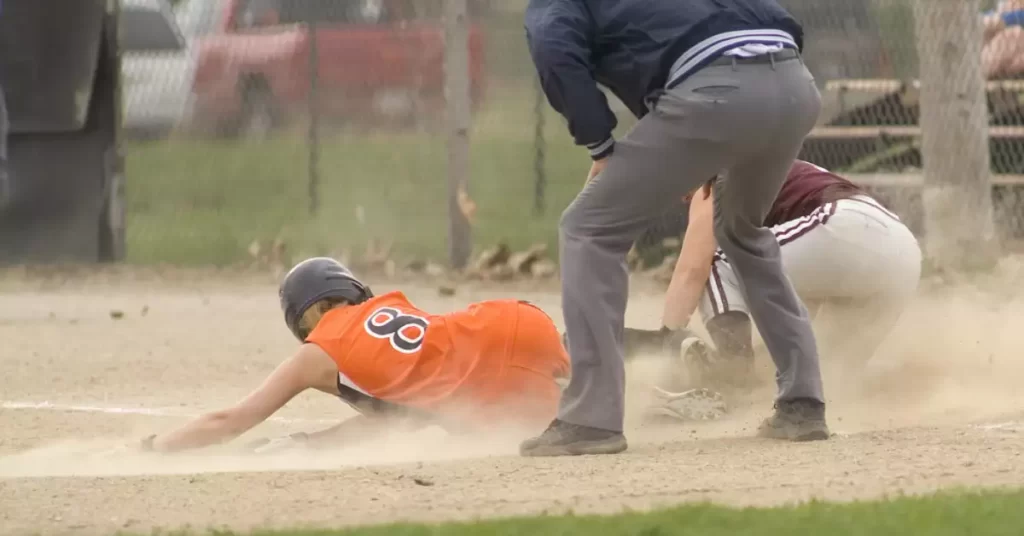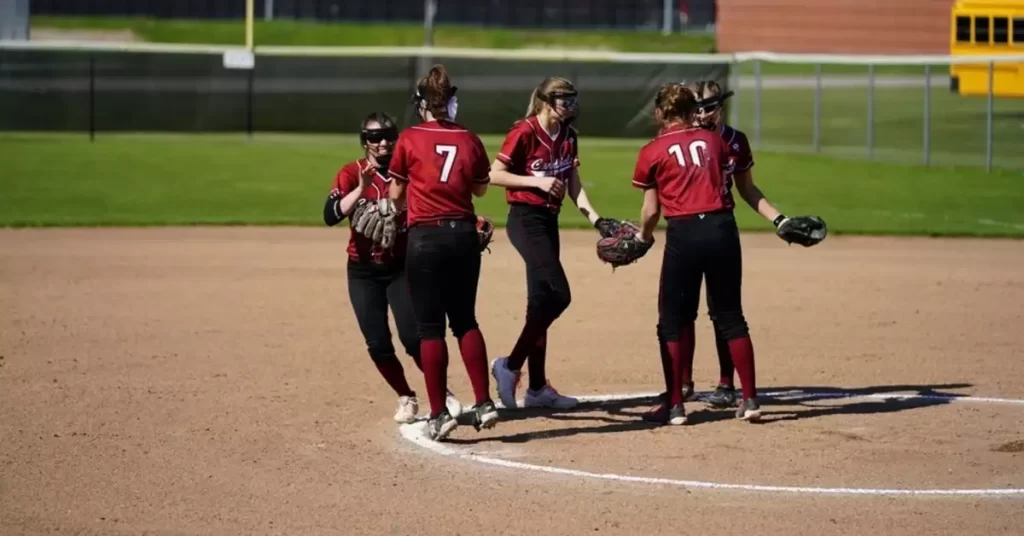The art of stealing bases in baseball requires precise timing, strategy, and teamwork. An often overlooked aspect is the defensive response to a steal attempt, particularly at second base. Focusing on this crucial defensive play can significantly impact the outcome of a game.
When a runner tries to steal second, the responsibility of covering the base lies with the shortstop or the second baseman. Factors such as the handedness of the batter and the positioning of the infielders will determine which player takes on this role.
Understanding these subtle intricacies is essential for baseball enthusiasts and aspiring players alike. Delve into the following sections to explore the detailed mechanics of covering second base during a steal, and sharpen your knowledge of the sport’s tactical nuances.
Understanding Baseball Positions and Their Responsibilities
The Infield Positions
In baseball, the playing field is divided into the infield and the outfield. The infield consists of four key positions: first baseman, second baseman, shortstop, and third baseman.
These players work in tandem with the pitcher and catcher to prevent the opposing team from advancing around the bases and scoring runs.
Second Base in Focus
The second baseman is responsible for covering the area between first and second base. They play a crucial role in turning double plays, fielding ground balls, and covering the bag during steal attempts.
Let’s dive deeper into the art of stealing bases and how this impacts the second baseman’s responsibilities.
The Art of Stealing Bases
Strategy and Timing
Stealing bases is a high-risk, high-reward strategy that can change the momentum of a game. Base runners attempt to advance to the next base before the ball reaches the fielder covering that base.
To succeed, runners must have exceptional speed, agility, and the ability to read the pitcher’s movements.
Factors Affecting a Steal Attempt
A successful steal attempt depends on various factors, including the runner’s speed, the pitcher’s delivery time, and the catcher’s arm strength.
In addition, the defensive team’s awareness and coordination play a significant role in thwarting steal attempts.

Who Covers Second Base During a Steal Attempt?
The Middle Infielders: Shortstop and Second Baseman
During a steal attempt, the middle infielders – the shortstop and the second baseman – work together to cover second base.
The decision on who covers the bag depends on several factors, such as the game situation, the handedness of the batter, and the defensive alignment.
The Role of the Pitcher and Catcher
The pitcher and catcher also play essential roles in preventing steals. The pitcher’s ability to hold the runner and vary their delivery times can disrupt the timing of the steal attempt.
Meanwhile, the catcher must deliver a quick and accurate throw to second base to give the middle infielder a chance to apply the tag.
Defensive Strategies for Covering Second Base
Communication and Coordination
Effective communication between the middle infielders is crucial for determining who covers second base during a steal attempt.
Before each pitch, they must discuss and decide who will take responsibility for the bag in the event of a steal.
Positioning and Anticipation
Positioning is vital for covering second base effectively. Both middle infielders should be ready to move quickly towards the base when the steal attempt is initiated.
Anticipating the runner’s movements and adjusting their positioning accordingly can make the difference between a successful out and a stolen base.

Signs and Signals in Baseball
Importance of Non-verbal Communication
In baseball, non-verbal communication is essential for coordinating defensive plays, including covering second base during a steal attempt.
Signs and signals help players convey information quickly and discreetly, ensuring that everyone is on the same page.
Decoding the Signs
Pitchers, catchers, and infielders use a series of signs to communicate their intentions during the game. These signs can be as simple as a nod or as complex as a sequence of touches to different body parts.
Players must be adept at both giving and interpreting these signals to coordinate their defensive efforts effectively.
Influential Players in the Second Base Position
Throughout baseball history, many players have left their mark on the second base position with their exceptional defensive skills and ability to cover the bag during steal attempts.
Some of these players include Joe Morgan, Roberto Alomar, and Ryne Sandberg.
These athletes serve as inspiration for aspiring second basemen looking to hone their skills and contribute to their team’s success.
Common Challenges in Covering Second Base
Covering second base during a steal attempt can be challenging due to the speed and unpredictability of the play. Some common challenges include:
- Miscommunication between middle infielders
- Poor positioning or anticipation
- Inaccurate throws from the catcher
- Late reactions to the steal attempt
Improving Skills for Covering Second Base
Drills and Exercises
To become proficient at covering second base during a steal attempt, players should incorporate drills and exercises into their training regimen.
These can include practicing footwork, working on quick transitions from catching to tagging, and simulating game situations to build instinct and anticipation.
Tips for Success
- Maintain open communication with your fellow middle infielder.
- Study the tendencies of opposing base runners and pitchers to anticipate potential steal attempts.
- Work on improving your reaction time and agility.
- Develop a strong rapport with your catcher to ensure accurate and timely throws.
FAQs
When should a shortstop cover second base instead of the second baseman?
Generally, a shortstop will cover second base when there is a left-handed batter at the plate. This is because the second baseman has a better angle for fielding a potential ground ball hit to the right side of the infield.
How can a pitcher help prevent stolen bases?
A pitcher can vary their delivery times, use a slide step, and hold the ball for different lengths of time to disrupt the base runner’s timing and make it more challenging to steal a base.
What is a “caught stealing” in baseball?
A “caught stealing” occurs when a base runner is tagged out while attempting to steal a base. This is recorded as an out for the defensive team and a caught stealing for the base runner.
Conclusion
Covering second base during a steal attempt is a thrilling and challenging aspect of baseball. Success in this area requires a combination of speed, agility, anticipation, and communication between the middle infielders, as well as support from the pitcher and catcher.
While the responsibility of covering second base ultimately falls on the second baseman or shortstop, it’s important for all members of the defensive team to be aware of their roles and responsibilities during a steal attempt.
Overall, mastering the art of covering second base on a steal requires practice, dedication, and teamwork, and is an essential component of playing successful baseball.

